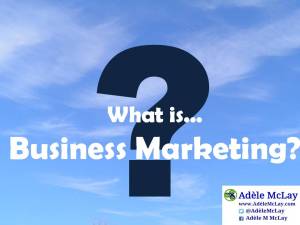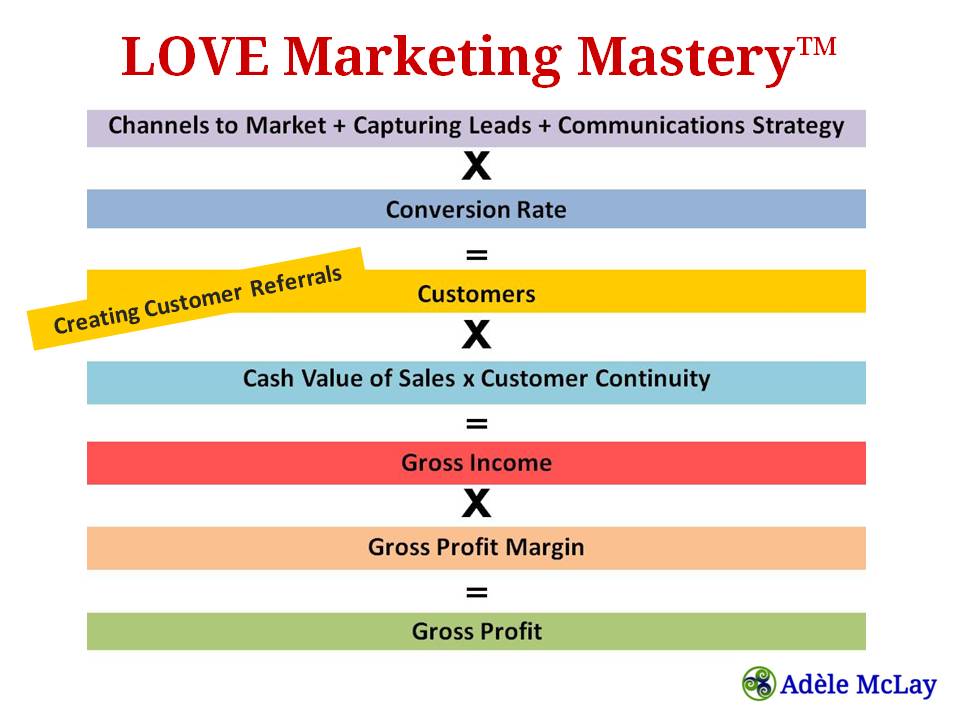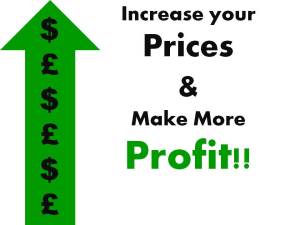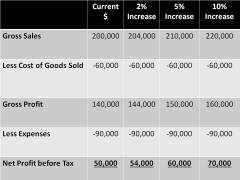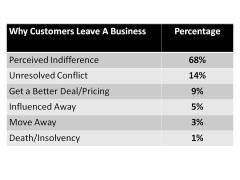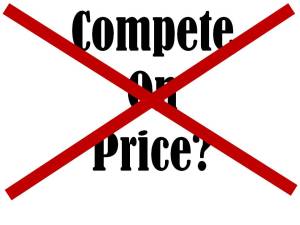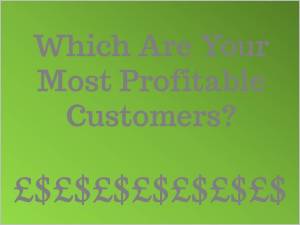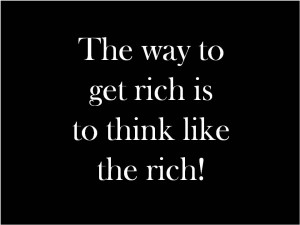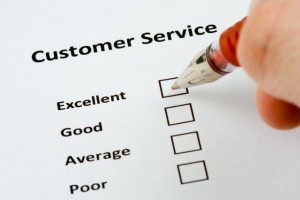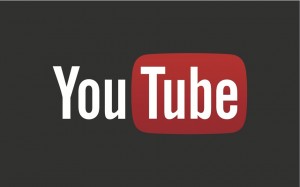Is Your Business Irresistible?
“Mystery, sensuality and intimacy are the future of successful businesses! Businesses must be irresistible to be successful.” – Kevin Roberts, Worldwide Executive Chairman, Saatchi & Saatchi
Remember when you fell in love? Think of the emotions you felt at that time.
You probably loved the mystery, the unknown aspects of the person you fell in love with. Those slowly unfolded as you got to know them better over time.
Do you remember loving hearing their stories of life before you? Then you became part of their story, and they became part of yours.
What emotions were activated when you fell in love? Was your breath taken away?
Did you feel like you couldn’t imagine life without the person you’d fallen in love with?
How about intimacy? Ahhh, those moments of pure pleasure!! Remember them?
“What an idiot” or “She’s fallen off her rocker” – is that what you’re thinking? – Why write about falling in love, when this is a business blog?
Well, I’m being totally sane….and very serious in my comments.
Business is so competitive these days. Everything is branded. A brand is the new commodity or the new normal, therefore there’s nothing special in being a brand.
What we need in business is “brand loyalty beyond reason”, according to Kevin Roberts. “Loyalty beyond price, beyond product, beyond design!” We want to create brand love; we want to be irresistible to our customers.
Apple is not irreplaceable, yet it is irresistible!
How does your business measure up? No business is irreplaceable. These days, due to the internet, we’re all a ‘dime a dozen’ – another business like ours can so easily be found.
So, we need to be irresistible to our customers. Kevin calls it becoming a ‘Lovemark’. Be a Lovemark not a brand. “Create mystery, sensuality and intimacy with your customers and target audience”, says Kevin.
It’s about creating a movement of people who connect with you and your brand – your Lovemark.
So how do we do it? Firstly, look out for the interview I did this week with Kevin Roberts (it’ll be in your inbox on Sunday, 12 July) where we discuss these topics at great length.
But to get you started…
Create mystery with your customers by telling and sharing stories. People want to be part of stories, so let them. Create opportunities for your community to create and be a part of your story and the evolution of your business.
Create sensuality. As Kevin says, we live life through five senses: sight, sound, smell, touch, taste. Most businesses use two of them when marketing – sight and sound. How can you use all five senses with your community?
Create intimacy through empathy and give your customers what they never dreamed possible. Go beyond their expectations. When the industry norms are ABC, do XYZ instead. Stand out, get noticed. Get to know your customers, their dreams, aspirations, needs, wants, and their fears. Understand your customers, add value to their life, and wow, you’ll become a Lovemark for them.
Now you may be thinking: “What a load of rubbish – this Lovemark stuff is for big business”.
No, it’s for everyone – big or small. Fail to understand this and you’ll be left behind as other players in your industry are doing all this.
I love Kevin’s winning company quotient. IQ + EQ + TQ + BQ wrapped around CQ.
- IQ – is hire well. Recruit the best as you need them to compete.
- EQ – create an emotional vibe across your business. Value your people and your customers.
- TQ – make technology work for you; let it be your slave.
- BQ – be ‘bloody quick’ as business changes fast and you need to too. Be agile. Be willing to change.
- CQ – is customer quadrant. Wrap IQ + EQ + TQ + BQ around your customers are you will be a winner.
So, let’s all focus on becoming a Lovemark for our community. That’s what I focus on in my businesses and with my clients. I help them to achieve brand love with their customers and community. It’s really exciting stuff.
Stand out and be proud. Be irresistible. Be a Lovemark and have a legion of cheerleaders who are loyal beyond reason. Now, that’s a successful business in my mind.
ACTION: I’d love to hear more about how you create irresistibility for your business in your community. How are you a Lovemark for them? Please leave a comment below and share your story.
Could some guidance from me be helpful to you? If so, please arrange a free 30 mins Skype strategy meeting with me. Here’s my calendar to book a meeting. I’d love to support you in some way to gain ‘seductive clarity’ in any aspect of your business or life.

